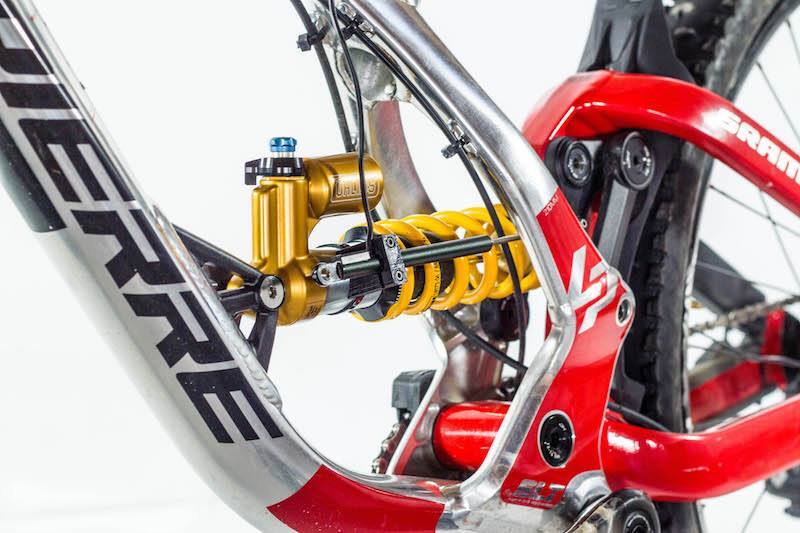When buying a full-suspension mountain bike, many people either leave the fork and rear shock at their current settings, or they adjust them based simply on what feels right. The Italian-made BYB Telemetry system takes a more scientific approach, using bike-mounted sensors to determine what's best for maximized speed, comfort and safety.
Hardware-wise, BYB consists of three main parts – a telescopic sensor that's attached to the fork, a shorter one that's mounted on the shock, and a handlebar-mounted "acquisition unit." The two sensors measure suspension movement, relaying data to the acquisition unit via electrical wires. That unit is in turn equipped with an accelerometer, a gyroscope, Wi-Fi and GPS.
Riders start by using an iOS/Android app to input stats such as their weight, and the type of riding that they typically do. They then head out on a ride, with the sensors and acquisition unit gathering data as they go. The system transmits that data via Wi-Fi to the smartphone app, and optionally also to a visualization program on the user's computer.

Once the ride is over, the app provides them with recommendations on how they should set suspension parameters such as preload, rebound and compression. Users can also view a map of their ride, seeing how their suspension behaved when encountering different types of terrain.
Serious, competitive riders can consult the computer program for a more advanced analysis of their ride. It's additionally possible to have the system provide recommendations for optimum performance on a specific trail, such as a race course.
All of the components are water-resistant, and can reportedly be mounted on just about any make or model of fork/shock using included adapters. The whole system weighs less than 500 grams (1.1 lb), and is compatible with both air and coil-spring suspensions.

Created by Italian downhill national champion Enrico Rodella and physicist Stefano Calati, the BYB Telemetry system is currently the subject of a Kickstarter campaign. A pledge of €979 (about US$1,112) will get you one, if everything works out. The planned retail price is €1,599 ($1,817).
Assuming BYB reaches production, it will be facing some competition from the successfully-Kickstarted and currently-available ShockWiz. There's no word on development of the similar SussMyBike system.
Source: Kickstarter








